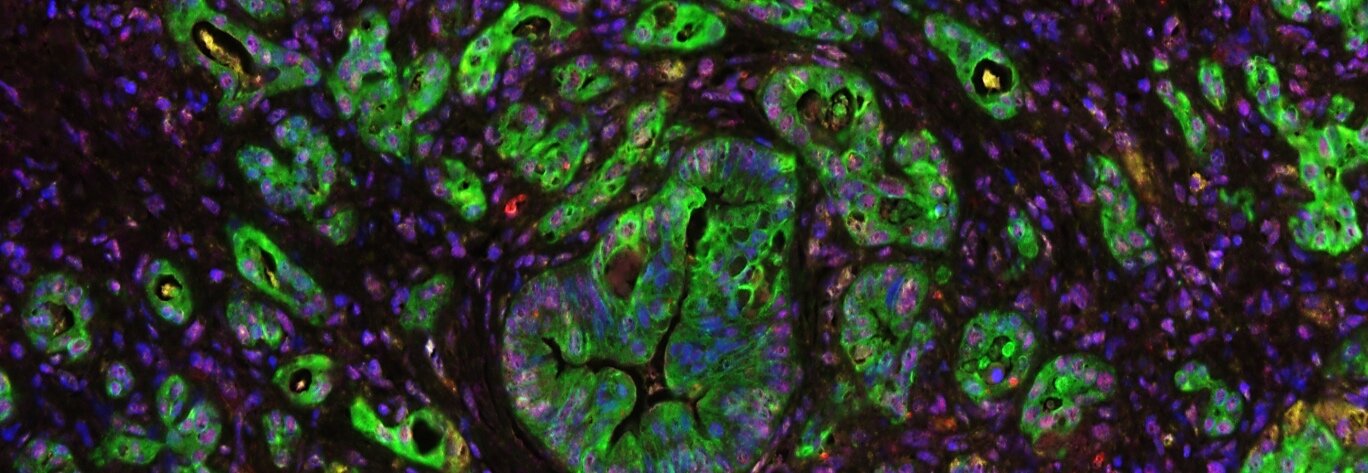
CAR-T Cell Therapy
& Tumour Monitoring
The University of Sydney Li Ka Shing Cell & Gene Therapy Program aims to undertake ground breaking translational research and clinical trials to develop new cures for patients with solid cancers. Our focus is understanding cancers at the molecular level to monitor them in a non-invasive manner, identify effective therapies and test novel therapies. We work with many clinical staff at Royal Prince Alfred Hospital and Chris O’Brien Lifehouse to access patient samples and undertake clinical research and clinical trials to improve the treatment and management of cancer patients.
Projects
CAR-T Cell Therapy
CAR T-cells are modified immune T cells that specifically target and kill the cancer. Chimeric antigen receptors (CARs), are engineered receptors added to the T-cell isolated from one’s own blood to target a specific tumour cell surface antigen. CAR T-cell therapy have recently been shown to be able to induce major remissions and cure in blood cancers (leukemia and lymphoma) and we aim to deliver similar results in solid cancers. With access to a specialised GMP-grade production facility of CAR-T cells at Royal Prince Alfred Hospital, we will undertake a CAR-T immunotherapy clinical trial in 2021.
Our research focuses on testing CAR T-cells in ex vivo tumour models and in vivo models, understanding and improving the efficacy of CAR T-cells, mechanisms of immune modulation and mechanisms of resistance.
Tumour Monitoring
Monitoring patients in real time is challenging and often invasive. Through the use of liquid biopsies, an insight into the tumour’s molecular biology can be gained through studying cell-free DNA (cfDNA) and circulating tumor cells (CTCs). Using next-generation liquid biopsy technology, we are able to process the blood for cfDNA and CTCs. CTCs are the origin of distant cancer metastases, which are responsible for the majority of cancer-related mortality. cfDNA and CTCs have been associated with poor prognosis and are able to predict response to therapy. Hence, can be used to monitor the patient during therapy for dosing, predict unwanted side effects and identify effective therapies. This will contribute to an optimal (personalised) form of treating patients with the most effective therapies.
Tumour cells (stained in green and red) identified from a blood sample (blood leukocyte cells stained yellow).


